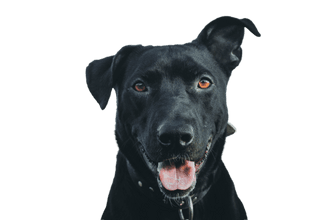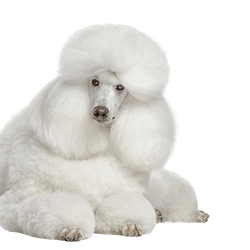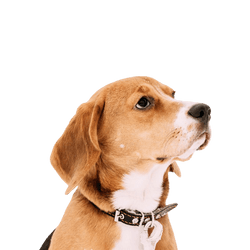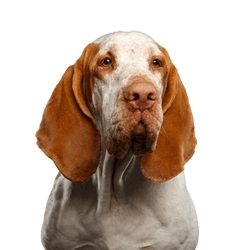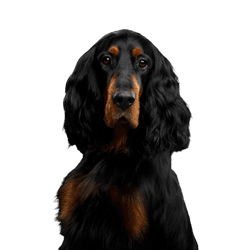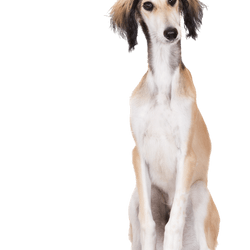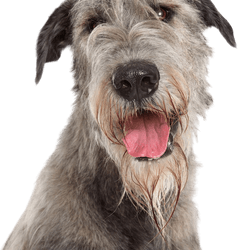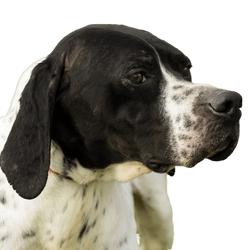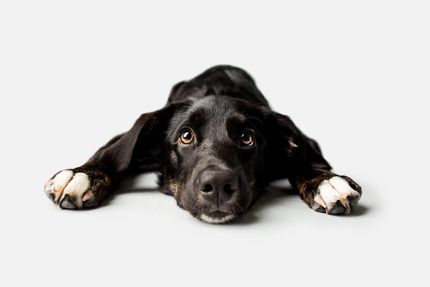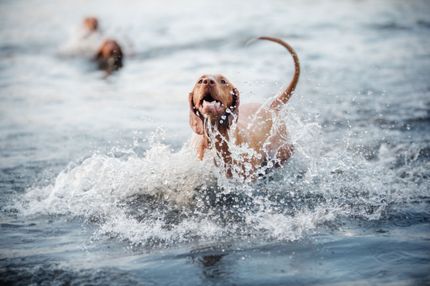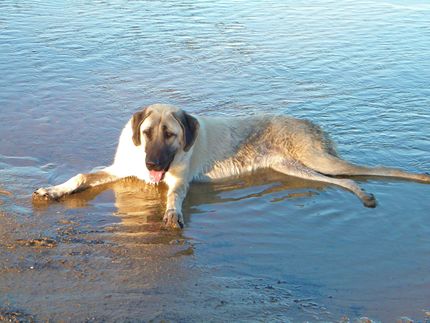Facts & Origin
Profile: Mallorca Sheepdog - Origin, History & Suitability.
The Mallorca Sheepdog, also known as Ca de Bestiar, originates - as the name suggests - from the Spanish island of Mallorca. Here he was primarily used as a herding and guard dog and has adapted perfectly to the Mediterranean climate and hilly landscape.
History
The Ca de Bestiar has deep roots in Mallorcan culture. The first records of this dog were found as early as the 13th century. Originally, he was used to herd flocks of sheep and goats and grew up in the rural environment of the island. Over time, locals also recognized his potential as a guard dog. It was finally officially recognized as a breed in the 1980s, ensuring its continued existence.
Suitability
The Mallorca Sheepdog is a versatile working dog:
- Herding: His alertness and strong herding instincts make him the perfect companion for farmers.
- Family Dog: Despite his working history, the Ca de Bestiar is also suitable as a family dog, as long as he gets enough exercise and training.
- Guard Dog: His loyalty and protective instincts predestine him to guard property.
It should be noted that the Majorca Sheepdog needs consistent training and plenty of exercise. His intelligence and eagerness to work can otherwise make him a challenge.
Overall, the Ca de Bestiar is a fascinating dog that impresses with both its long history on the island of Mallorca and its many uses. With the right attitude, he can shine as both a working dog and a loyal family companion.
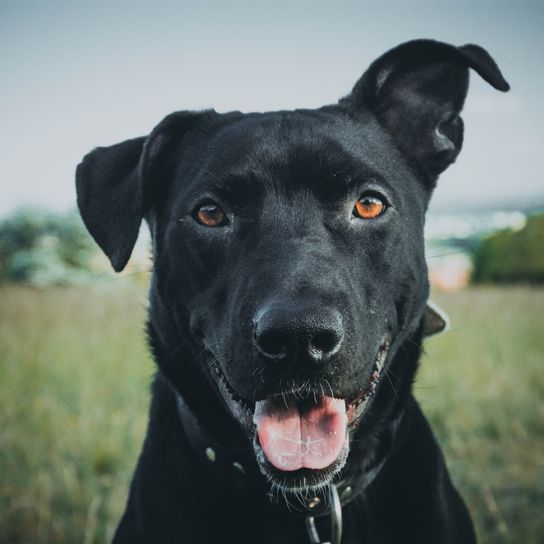
| Alternate Name | Ca de Bestiar, Perro de pastor mallorquín |
| Origin | Spain |
| Life expectancy | 10 - 12 years |
| Care requirements | low-maintenance |
| Activity level | average to high |
| FCI group | Sheepdogs |
| AKC group | not recognised |
| KC group | not recognised |
Attitude, character and temperament of the breed
Loyalty and attachment
One of the most prominent characteristics of the Mallorca Sheepdog, also known as Ca de Bestiar, is its deep loyalty to its caregiver. Once a bond is established, this dog will stay by its owner's side and often displays a protective attitude towards strangers.
Working Zeal
Originally bred as a herding dog, the Ca de Bestiar has a strong working instinct. This zeal can manifest itself in a variety of activities, whether it be guarding, herding, or learning new tricks and commands.
Intelligence and learning ability
The Majorca Sheepdog is characterized by a quick perception. With the right training, he can learn a variety of commands and is also suitable for dog sports such as agility.
Alertness
As a watchdog, the Ca de Bestiar is always alert and vigilant. His suspicious nature towards strangers combined with his loyalty to the owner makes him an excellent guard of home territory.
Social traits
Although affectionate and loving toward his family, the Majorca Sheepdog can be reserved or distrustful of strangers. It is important to socialize him well from puppyhood to ensure that he will do well in a variety of social situations.
In summary, the Majorca Sheepdog is a loyal, intelligent and alert companion. With proper socialization and training, it shows itself to be a versatile and loyal four-legged friend that can excel both as a working dog and as a family member.
Character
Usage
Care requirements
The Ca de Bestiar, often known as the Mallorca Sheepdog, has a short to medium length coat that requires regular grooming.
- Grooming: It is recommended to brush the coat of the Mallorca Sheepdog once a week to remove dead hair and keep the skin healthy.
- Bathing: Regular bathing is not required unless the dog has rolled in something dirty. Once or twice a year is usually sufficient.
- Ears & Eyes: These should be checked regularly for signs of infection and cleaned as needed.
Health Overview
Although the Ca de Bestiar is considered a robust dog, there are some health issues that should be watched for:
- Hip Dysplasia: As with many larger dog breeds, hip dysplasia can occur in the Mallorca Sheepdog. Regular examinations are important.
- Eye Disease: Some lines can be prone to eye problems. Regular checkups by a veterinarian are advisable.
Breeding recommendations
Breeding the Majorca Sheepdog should always be done with the goal of producing healthy animals with strong character.
- Health checks: Before beginning breeding, both parents should be tested for common hereditary diseases.
- Temperament: Since the Ca de Bestiar is a working dog, good temperament and working ability should also be considered when selecting breeding stock.
- Studbook: A serious breeder keeps a studbook and follows the guidelines of the respective breed club.
In summary, the Majorca Sheepdog requires proper and regular care to stay healthy and happy. If the above advice is followed, this wonderful dog can live a long and fulfilling life.


Coat texture
The coat of the Ca de Bestiar, better known as the Majorca Sheepdog, is found in both a short and a medium length variety. Regardless of length, the coat is dense and weather resistant, ideally adapted to the climatic conditions of Mallorca.
- Color: Mostly in a solid black, but there may be slight white markings on the chest and paws.
- Particularity: The coat does not tend to mat, however regular brushing can help keep it clean and healthy.
Visual characteristics
The Majorca Sheepdog is characterized by its impressive appearance and confident demeanor.
- Head: The head is strong and well proportioned in relation to the body.
- Eyes: Almond shaped and dark, giving the dog a penetrating look.
- Ears: Standing or semi-erect, medium in size and triangular in shape.
Size & Weight
There are noticeable differences in size and weight between males and females.
| Sex | Height (cm) | Weight (kg) |
|---|---|---|
| Males | 62-73 | 35-38 |
| Bitches | 58-68 | 30-34 |
The Majorca Sheepdog impresses not only with its striking appearance, but also with its powerful stature. Proper care of its coat and knowledge of its physical characteristics are essential for any owner or prospective buyer of this breed.
| Fur length | short |
| Fur | flat coated |
| Ear shape | Tilt-ear |
| Tail | lang |
| Anatomy | sporty |
| Size ♀ | 62 - 68 cm |
| Weight ♀ | 35 - 40 kg |
| Size ♂ | 66 - 73 cm |
| Weight ♂ | 38 - 43 kg |
| Suitable For | - |
